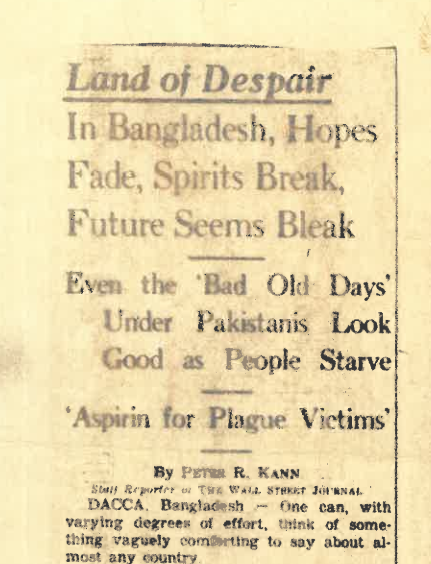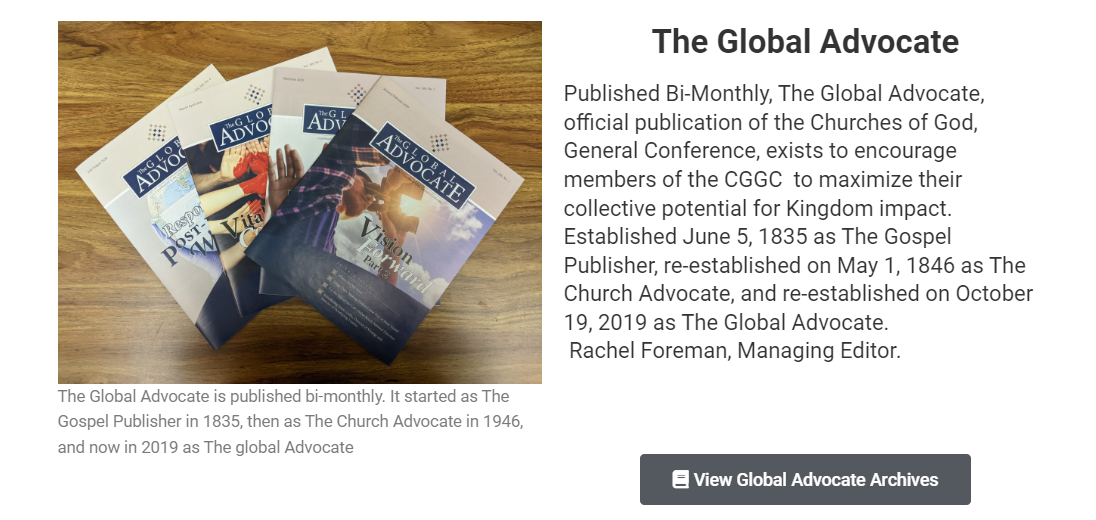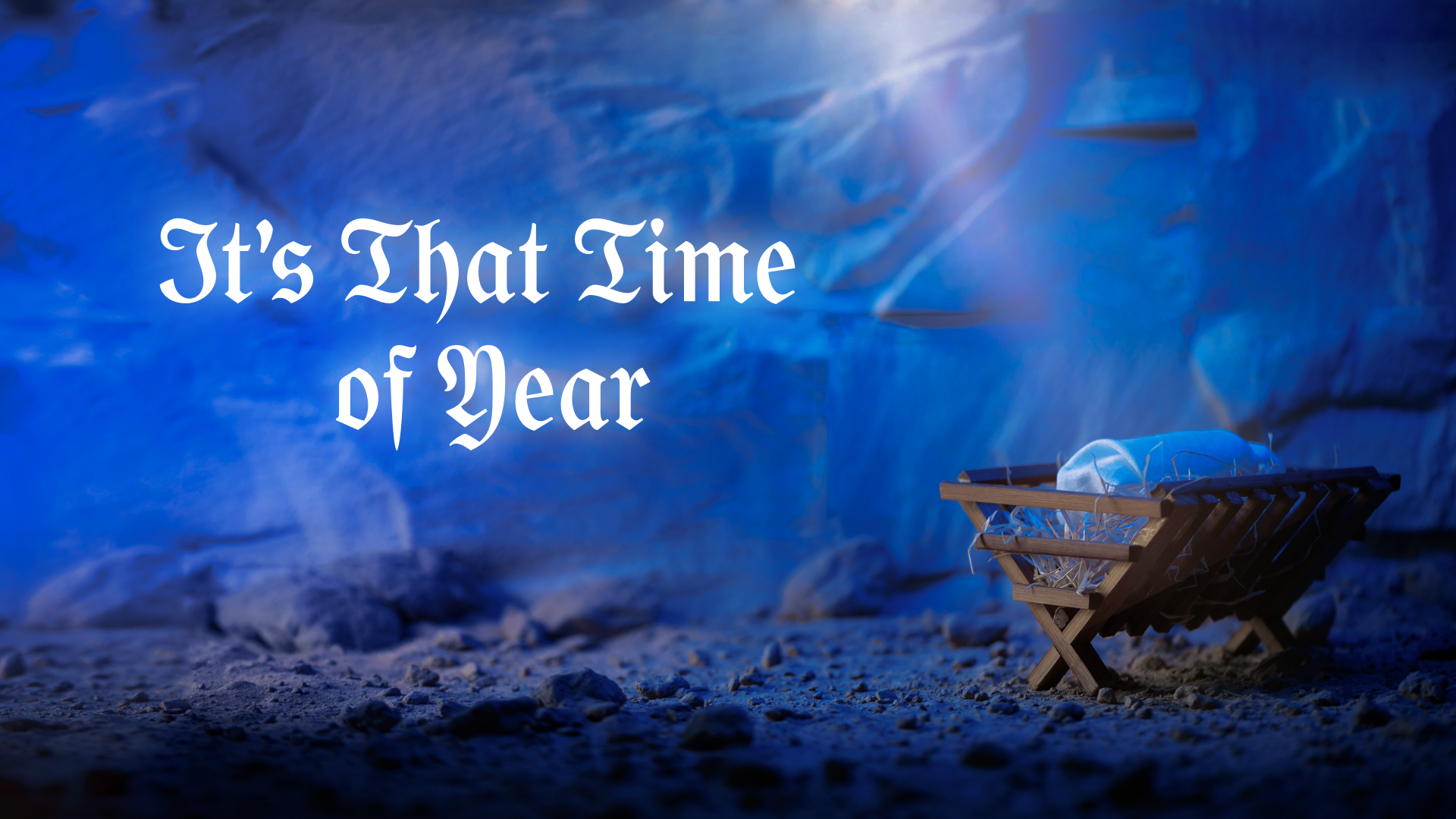
If you are anything like me, you might have a somewhat abusive relationship with reading the news. Feeling that I am being at least a little productive, I find myself regularly scrolling through actual news feeds (not social media feeds) and reading about the latest happenings in a multitude of different topics, some purely personal interest like the development of new computer components, and others with a broader appeal like national politics or global humanitarian issues. Regardless of the topics nature, the outlook is almost always terribly bleak.
Everyone knows that this is the kind of news that sells and gets clicks, so it’s the kind of news that gets published, but it’s also the kind of news I’m most likely to click on. This muscle memory induced horror show, looking down at my phone, thumb scrolling, tapping on the latest misery, scrolling again past the advertisements to get to the juicy stuff, and then clicking the “back” button once I can’t stomach another sentence, only to repeat the process over again. It’s enough to leave a person (me) with the distinct feeling of hopelessness.
Thankfully, my job here is to put the phone down and the misery with it. One of my favorite things to do here at the CGGC is to gain some perspective by reading news from the past. And one the “best kept secrets” of the CGGC is our Archive Museum, which is stored in the Wilkins Center here in Findlay, where the CGGC national office is. You can also find the Archive’s website here:
The Archives Museum of the CGGC houses a plethora of historical artifacts, many of which come from our missionaries, or which have been passed down from the very earliest days of the CGGC. The Archive has handwritten letters from John Winebrenner, hundreds of year-old artifacts from mission fields, and nearly every published piece of material the denomination has ever produced (at least the national and regional offices). But one of my favorite things to do is to dig into old news pieces, like the The Church Advocate of the early and mid-1900’s, or other topical collections by past scrapbookers. What I feel I gain most of these deep dives is not a knowledge of the past as much as I gain perspective on the present.
Don’t get me wrong, knowledge of the past is significant and necessary, but only in so much as it illuminates our present circumstances, and positions us to see the future. Let me give you a couple of examples of pieces I’ve found recently that helped quiet my anxious mind and soul.
The first is perhaps just as bleak as anything I’ve read in a long while about global events. While doing some research about our mission in Bangladesh, I came across a collection of articles written for the Wall Street Journal in the mid 1970’s (which I know, doesn’t seem that long ago to some people. I let our readers sort that our for themselves). Title Land of Despair: In Bangladesh, Hopes Fade, Spirits Break, Future Seems Bleak. Author Peter R. Kann writes about food and land shortages in Bangladesh, exacerbated by an exploding population crisis, all crushing a young and inadequate government. At the time of writing, Bangladesh had 75 million people living in a land about the size of the U.S. state of Arkansas (which has a 2024 U.S. Population of 3 million, and at time of the article being published, about 2 million). The mostly agrarian country was land starved, and under irrigated, all of which had analysts predicting humanitarian disaster even if the population stayed relatively consistent. But the trouble was those same analysts were predicting a near doubling of the population. Kann writes that, “In 23 years the population will be 150 million. In 30 years, at the present growth rate, it be will 230 million… The double of population by 1997 isn’t a horrible possibility: it is a horrible inevitability.” These predictive models had Kann state that Bangladesh was “the worlds most hopeless nation.” One which even priests and aid works were ready to give up on.

The truth is, the priests and aid workers didn’t give up, and the government wasn’t as inept as was thought. The education and literacy rate in Bangladesh skyrocketed, the poverty rate plummeted, and industrialization happened rapidly. The population did climb, but it didn’t double in 23 years, and it’s nowhere close to 230 million, even 50 years later. That’s not to say Bangladesh doesn’t have seriously massive problems, but we don’t talk about Bangladesh like we did in the 1970’s. It’s a better, more stable place. Perhaps in small part because of the work our Bangladesh mission has done there, but more generally because of God’s providential hand.
As we all reckon with the disaster in Haiti, a country the CGGC has been working in since 1967, and which we could pessimistically describe as “the worlds most hopeless nation”, the perspective of Bangladesh’s history provides a dose of clarity, or a comic book style *bonk* on the head. God is faithful through all of our fears, worries, and anxieties about the future. As we look toward what headlines tell us is an ever-bleaker future, we need to be reminded of our ever-faithful Lord. We do this not because we expect God to clear future troubles like a snowplow clears the street, but so we can be shaken loose from the paralyzing defeatism that stops us from pursuing His great commission. We are called to the work of the Lord, and I’m grateful for the perspective of history that broadens my narrow view of the present and clears my cloudy view of the future.
If you want to visit our Archive, you can find more than a hundred years’ worth of digitized The Global Advocates all online for easy and accessible viewing. Why not start at the very beginning?
CGGC eNews—Vol. 18, No. 20






Login To Leave Comment